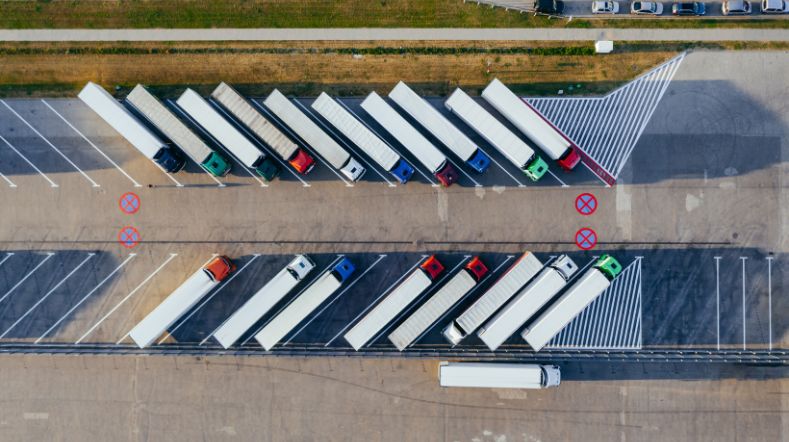
Cyber security & trust crucial for automated driving
Automated driving can only work if vehicles can also use external data as input for driving. But how do you ensure that unreliable data that could lead to errors or even accidents are not used? TNO is addressing key cyber security & trust questions in the automotive sector and is working with partners in the value chain to find solutions. ‘The Netherlands must take the lead.’
Car manufacturers across the world are busy developing vehicles that can take over more and more tasks from the driver. A key prerequisite for moving towards fully automated driving is cyber security & trust. This topic involves multiple departments within TNO, reflecting the complexity of this field.
Bastiaan Wissingh, Senior Research Scientist in C-ITS Communication and Computer Networking at TNO: ‘The reason that cyber security & trust for automotive requires a lot of focus is because, in smart mobility concepts, you start linking virtual systems to physical ones.
With automated driving, you will get into situations where vehicles start acting on their own based on certain information they receive. If those data turn out to be unreliable or unsecure, this can result in dangerous situations or even accidents. Those are different risks than the ones you get when a website is hacked, for example.’

‘That's the transition from connected mobility to connected automated mobility.’
Trust becomes essential
Taking another step back: why do automated vehicles need outside information in the first place? Peter-Paul Schackmann, Senior Project Manager for Connected Mobility at TNO: ‘The Advanced Driver Assistence Systems (ADAS) that we have on the market now, including the most advanced Automated Lane Keeping Systems (ALKS), all still only use their own sensors as input for driving.
But if you want to scale up autonomous driving further and apply it in more and more places, vehicles will also need to be fed with additional information from outside the car.’ Right now, cars with driver assistance systems still have internal physically separate systems, where all interaction with the outside world is purely informational – receiving traffic information, for example. But in the future, a car could be physically controlled partly on the basis of external data.
‘That means moving from connected mobility to connected automated mobility,’ Schackmann explains. ‘The vehicle combines its own sensor input with information from outside. Once we reach that point, it’s essential that a vehicle can judge for itself whether the source and the data can be trusted. That’s why we think that adding 'trust' is so important in cyber security.’
Two concrete use cases
If any links and elements in the data chain are not secure enough, unreliable information could be sent to a vehicle, creating unsafe situations. To explore what a secure and reliable data chain should look like in the future, TNO is working with partners on two concrete use cases.
Peter-Paul Schackmann: ‘C4Safety is a Dutch government project that we are involved in as consultants. One of its use cases is to alert vehicles earlier to a slow-moving or stationary vehicle belonging to the road authority, or to a TMA truck on the road (indicating a temporary lane closure).
The road operator can then send this information to vehicles so that traffic can anticipate on the situation earlier and more safely. Vehicles must be able to verify the source and content, so the trust mechanism is crucial. At TNO, we are working on an automotive trust domain in several European projects, including the contribution to standards and validation of technology developed.’
Reliable ISA systems
A second use case that TNO is looking at is Intelligent Speed Assist (ISA), a feature to display the maximum speed now mandatory on new types of vehicles. ‘Often, this is now done using cameras that recognise speed signs,’ explains Peter-Paul Schackmann.
‘But there are all kinds of situations where that traffic sign recognition does not work all that well. Bottom plates below the traffic sign that are not read, Variable Message Signs (VMS) are not always recognised and the exact lanes that the limit applies to are not always correctly determined.
The road authority can also make this information digitally available. Vehicles can then combine those data with their own detection system, improving the accuracy of ISA. TNO is working with the Dutch Department of road transport and industry partners on this concept, again with the aim of realising trust.’

‘Subsidiary signs are not always read, matrix signs are not always recognised, and sometimes it's not accurately determined for which lanes the limit exactly applies.’
Many questions unanswered
Both cases show that many questions remain unanswered. ‘Manufacturers are now knocking on the door of vehicle authorities, wanting to take automated driving systems onto the road,' Schackmann observes. 'What do we need for this? How should manufacturers demonstrate that the vehicle will be safe, both now and in the future?’
A major challenge for getting an automated vehicle on the road is that it actually needs a combination of a type approval and a driving licence.
‘Plus,’ notes Wissingh, ‘cars are increasingly getting interim software updates, which can give them new features. Effectively, a car is practically a new vehicle again after every update.’ Updates are usually done over the air, making it a black box process for vehicle authorities. It also remains unclear who is ultimately responsible for security: is it the manufacturer’s or the owner’s fault if not all security updates have been installed?
Entire chain needs to get to work
The array of challenges make the road to connected automated mobility a lengthy one, with plenty of speed bumps ahead. TNO helps with implementation from various departments with multiple types of expertise. Mick van Kappen, Business Developer at TNO: ‘We do that, on the one hand, by tapping into our knowledge of networks and security issues. On the other hand, we have expertise in developing and validating automated vehicle systems.’
For Peter-Paul Schackmann, the most important thing is that the whole chain of partners has to work together on this. ‘Road authorities, inspection bodies, public information bodies... they all need to work together with industry partners within automotive and IT to rise to this challenge. By taking a holistic look at that value chain, we can tackle all these different aspects, starting with the more simple use cases until we eventually develop solutions for the most complex issues as well.’
The Netherlands on pole position
Success requires a European approach, Schackmann believes, but at the same time he sees an important role for the Netherlands in particular. ‘The Netherlands should take the lead for several reasons. The country has an excellent digital infrastructure. We have no major automotive industry interests, so we can adopt a neutral stance.
Also, the many complex traffic situations make the Netherlands the ideal place to measure success. We are well represented throughout the complete entire value chain: not just IT, but also logistics, when you consider Rotterdam and Schiphol. This means we are well positioned to test the initial applications of connected automated transport. We could ease traffic considerably by automating some of the road transport. What can we do in the Netherlands to support that?’
Mick van Kappen also sees a lot of potential for the Netherlands to lead the way. ‘The Dutch government could actively get involved by opening up road sections for testing. We need to get things moving now. With technology developing so rapidly , complexity and vulnerability are also increasing. The sense of urgency could greater, especially at higher levels within industry and governments.’
Meet the expert 'The route to safe automated driving'
Would you like the latest updates on safe autonomous driving from one of our experts? Join one or more sessions starting from the 3rd of June 2024.
Laat je verder inspireren
Getting on board with autonomous transport? Five things you need to know
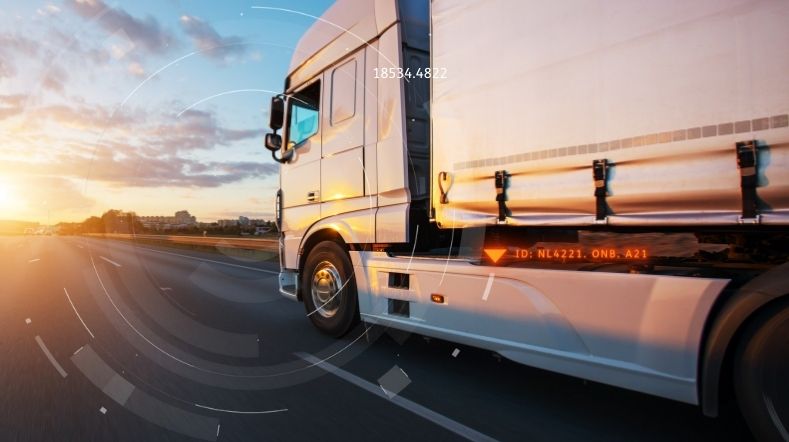

Connected mobility
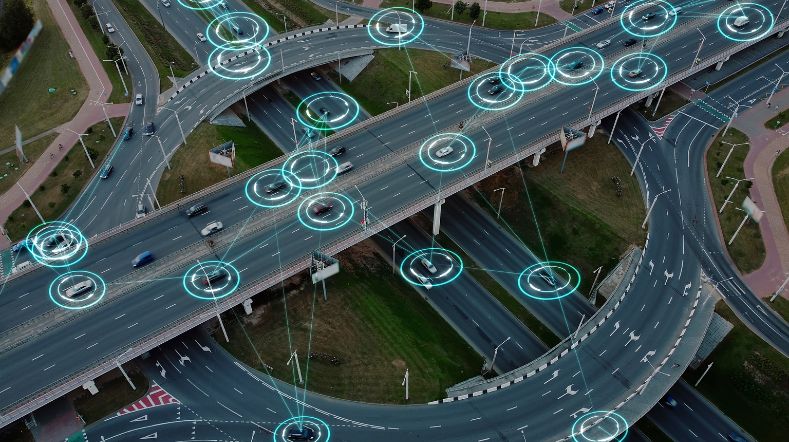

Working on safer self-driving cars
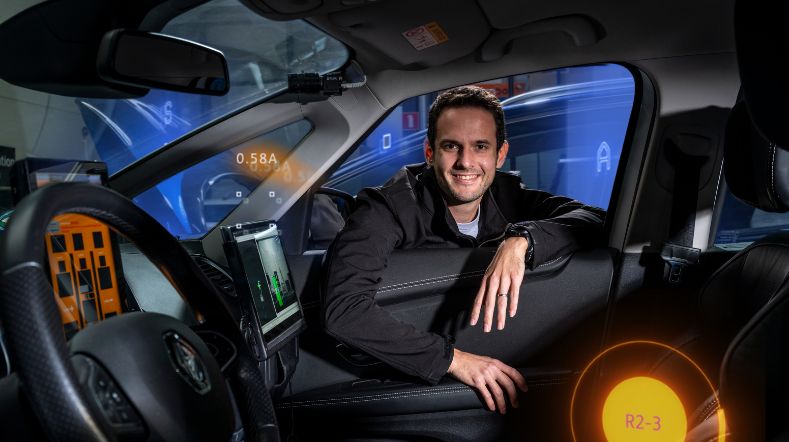

Goodyear and TNO further integrate tyre and vehicle technology to mitigate crashes in adverse weather
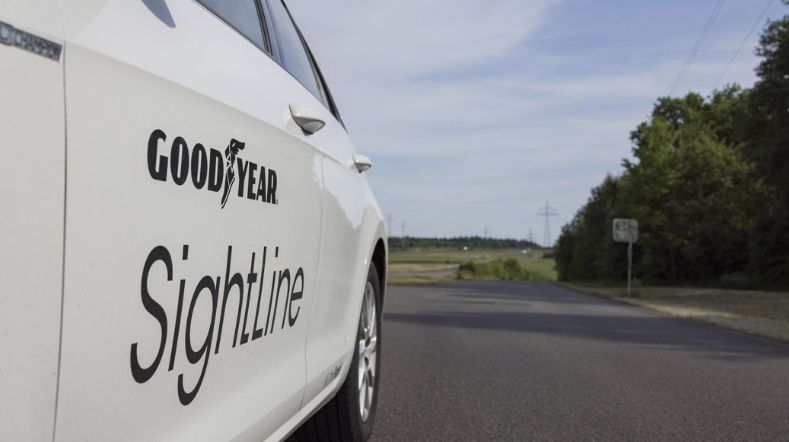

TNO CEYAS offers logistics partners advantage yard automation
